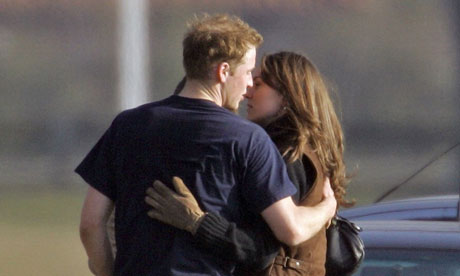 Every morning, there's a newspaper or two that lands in my front yard and another one on the front steps of my office on Capitol Hill. At the same time, I receive "push" emails pointing me toward the top stories in a few other newspapers. This is all normal, of course, in this day and age. And then there's the iPad barrage.
As news consumers and professionals, we all have our patterns and we get used to them day by day. We also note any changes.
Every morning, there's a newspaper or two that lands in my front yard and another one on the front steps of my office on Capitol Hill. At the same time, I receive "push" emails pointing me toward the top stories in a few other newspapers. This is all normal, of course, in this day and age. And then there's the iPad barrage.
As news consumers and professionals, we all have our patterns and we get used to them day by day. We also note any changes.
Thus, I was pleased recently when the Washington Post made an appropriate tweak in its "push" newsletters as part of the company's ongoing digital makeovers. Thus, my morning email now includes a few links for some actual news stories in the Post's "On Faith" section (as well as the occasional foggy opinion piece that is the norm).
All of this is to say that something strange and interesting was in my Post email this morning.
In the "On Faith" news section, there was a link to this news report, which blended Post reporting and wire information. The headline is certainly a grabber: "UK royal bride’s virginity no longer an issue." Here is the top of this ever-so-slightly blushing story:
LONDON -- In 1981, Princess Diana’s uncle made a public statement before her royal wedding to clear up The Question: Yes, she was a virgin.
What a difference a generation makes. Today, few people seem the least bit concerned that Prince William and Kate Middleton, set to wed this month, have been living together off and on since their university days.
“We live in a modern age and people do all sorts of things before they settle down,” said Keith Morley, 34, an engineer from Birmingham. “It’s probably best that they lived together before making a commitment.”
Some historians say it’s about time the royals shed the prudishness they exhibited at the time of Diana’s marriage, which came years after the pill and the Summer of Love made casual sex more socially acceptable even in traditionally uptight Britain.
Now, what interested me is that this story contains absolutely ZIPPO religious content that I can see -- even though this latest great-wedding-of-all-time event focuses on the future "defender of the faith" (or "defender of faiths," or whatever) and a sacramental rite in the national church. Read it all, please, and tell me if I missed something solid.
Solid? Well, we are talking about an interesting era in the Church of England. Would anyone in postmodern Anglicanism dare to stand up and call cohabitation "sin"? This raises another question. Would this report be different if the current occupant of the throne in Canterbury Cathedral was a low-church evangelical or a high-church Anglo-Catholic, instead of a mainstream liberal Oxford don?
Once again, the framing for the story is totally political -- a word that actually is used in the story. Note this, for example:
The modern-day tolerance of William and Middleton’s living arrangements, many say, just brings the House of Windsor in line with the times. Part of the change may have to do with the very public infidelities that played out in the disastrous marriage of Charles and Diana, which rocked the royal family to its core.
“After two decades of scandal, I think it’s the royal family recognizing that to be normal is to their advantage,” said Deborah Cohen, a historian at Northwestern University in Chicago who specializes in modern Britain. “It’s a canny refashioning of the image. There is no longer an investment in being anachronistic, or a public expectation that they ought to be harkening back to a different era of sexual politics.”
Yet somewhere in the newsroom, an editor had the sense -- courage? -- to put this story in the digital "On Faith" file. I think that's accurate, by the way, even if the content of the story doesn't fill the bill.
So is this a story about religion, popular culture, politics or popular morality? How about all of the above?
